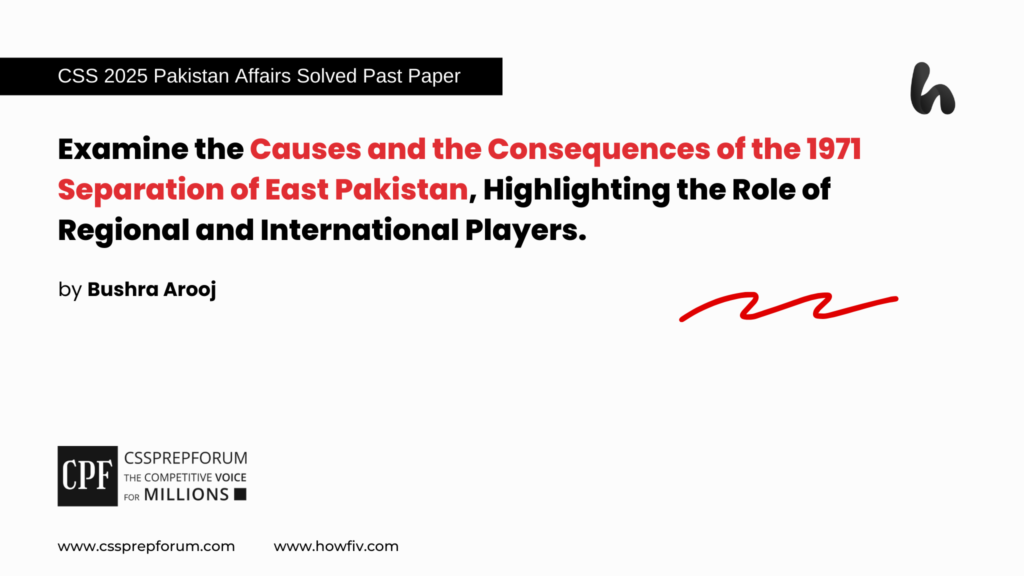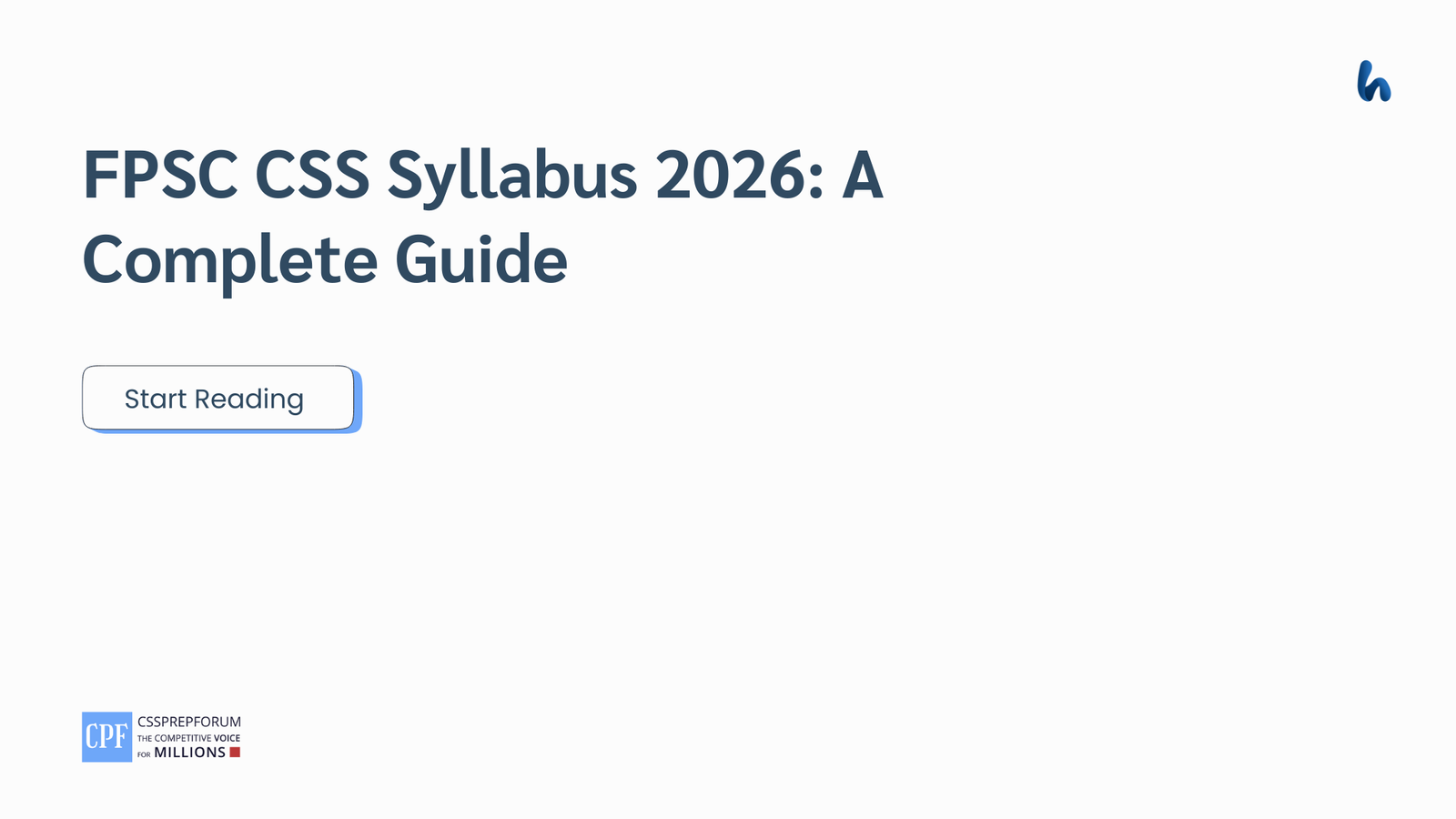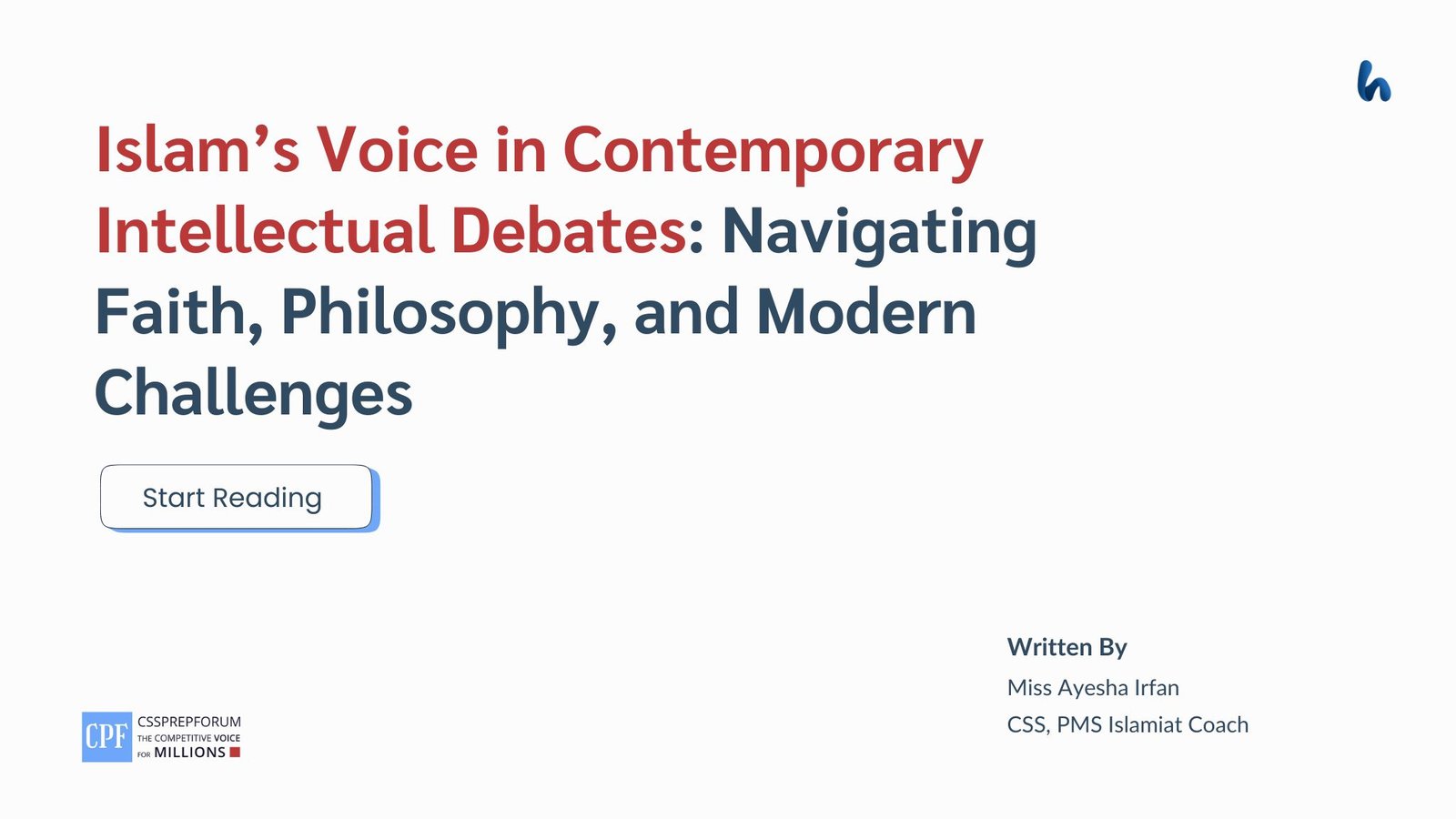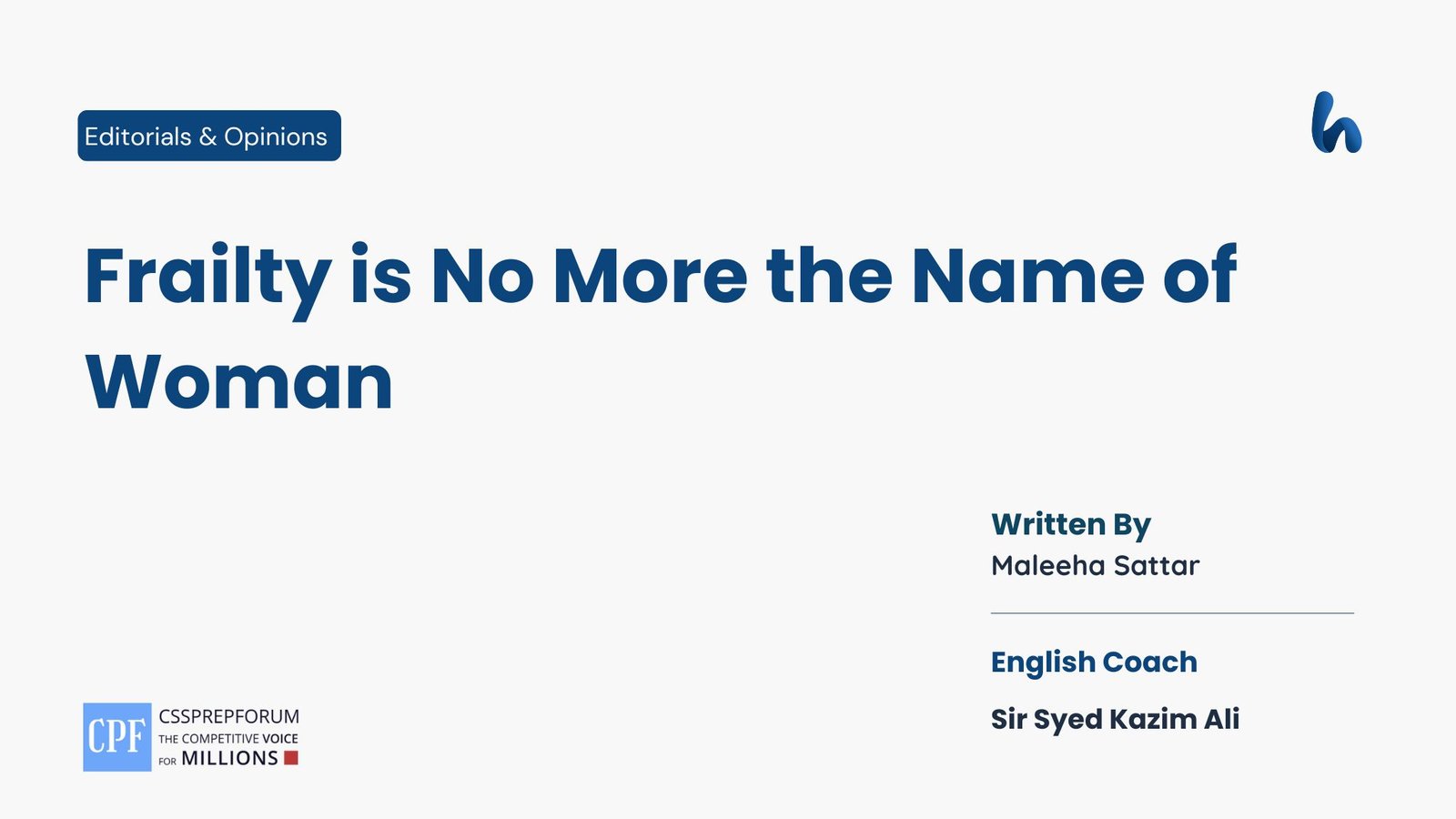CSS 2025 Solved Pakistan Affairs Past Papers | Regional and International Players in the Separation of East Pakistan
The following question of CSS Pakistan Affairs 2025 is solved by Miss Bushra Arooj, the best Pakistan Affairs Coach, on the guided pattern of Sir Syed Kazim Ali, which he taught to his students, scoring the highest marks in compulsory subjects for years. This solved past paper question is uploaded to help aspirants understand how to crack a topic or question, how to write relevantly, what coherence is, and how to include and connect ideas, opinions, and suggestions to score the maximum.

Outline
1- Introduction
The separation of East Pakistan was not solely an internal matter; regional and international actors also played a significant role.
2- The Stage Setting for the Separation of East Pakistan: A Historical Overview
3- Causes Behind the Separation
4- The Role of Regional Players in the Separation of East Pakistan
- India’s Intervention
- China’s Stance
5- The Role of International Players in the Separation of East Pakistan
- Role of the Soviet Union (Russia)
- Role of the United States (USA)
- Role of the United Nations
6- Consequences of the separation of East Pakistan
- Political Consequences of the Separation of East Pakistan
- Socio-Economic Consequences of the Separation of East Pakistan
- Military and Strategic Consequences of the Separation of East Pakistan
7- Critical Analysis
8- Conclusion

Introduction
The only commonality between East and West Pakistan was their shared Muslim identity. Beyond that, they had distinct cultures, languages, norms, and traditions. West Pakistan and East Pakistan—now Bangladesh—were like two opposite shores of a river that could never merge into one. Before independence, they were united by a common goal: securing a separate homeland for Muslims. However, soon after independence, their differences overshadowed this brotherhood. The causes behind the separation were primarily internal, creating the groundwork for external players to intervene. Although the deep-rooted social, economic, and political disparities between East and West Pakistan had already set the stage for separation, the 1970 elections’ political chaos and India’s intervention played a crucial role in the fall of Dhaka. Additionally, Cold War politics influenced the crisis. Therefore, the separation of East Pakistan was not solely an internal matter; regional and international actors also played a significant role.

The Stage Setting for the Separation of East Pakistan: A Historical Overview
Pakistan came into being with two wings separated by a thousand miles with no common border. East Pakistan was surrounded by Indian territory and heavily influenced by India. Both wings struggled for a separate homeland for Muslims, but once they achieved it, their differences began to overshadow their Muslim brotherhood.
Firstly, East Pakistan had a majority with 55% of the total population and wanted Bengali as a national language. Furthermore, it demanded that the capital be located in the eastern wing. It was said that this geographical division created an economic imbalance and led to the uneven distribution of wealth and privileges.
Later on, the One Unit Plan increased tensions between the two wings. Since East Pakistan had a larger population, democracy would have given them greater political power. However, the One Unit Plan, by merging West Pakistan’s provinces, reduced this advantage and made both wings equal in representation. As Hamid Yousaf aptly stated,
“The One Unit Plan greatly appealed to General Muhammad Ayub Khan.”
Moreover, East Pakistan was a major exporter of jute, producing 75% of the “golden fibre” in different varieties and generating significant export profits. However, Ayub Khan used this wealth for development in West Pakistan and introduced many reforms but neglected East Pakistan. These policies further deepened economic disparities. In addition, corrupt political practices against East Pakistan only added fuel to the fire, setting the stage for the separation of East Pakistan.
Causes Behind the Separation
Thus, the deep-rooted tensions between both sides set the stage for East Pakistan’s separation in 1971, further escalated by the political turmoil following the elections of 1970.
- Political Discrimination; Deadlock after 1970 elections
The election of 1970 was held in December, and the results were an eye-opener because they showed political polarization in both wings. Before the elections, the Legal Framework Order (LFO) was introduced, stating the basic principles for framing the Constitution within 120 days after the formation of the General Assembly. Since the Awami League won the elections and Mujib had already surfaced his Six-Point Agenda, which he contested, tensions began to rise. The Awami League secured 160 seats out of 162, while the Pakistan People’s Party (PPP) won only 81 seats.
Consequently, Mujib stuck to his Six Points, but Yahya and Bhutto were on the same page, reluctant to call a National Assembly session, as they were not ready to accept Mujib’s demands. Mujib warned that if the National Assembly was held without accepting the Six Points in their entirety, “a river of blood would flow.” Finally, Yahya decided to call the assembly on March 3, but Bhutto announced that the PPP would not attend. When Yahya postponed the assembly on March 1, Mujib called for a strike throughout East Pakistan on March 3, 1971.
- Military Oppression and Operation Searchlight (March 1971)
After reconciliation failures, on March 25, Yahya Khan launched Operation Searchlight in Dhaka. The operation was aimed at crushing the Awami League in East Pakistan and targeted political activists, students, intellectuals, and Bengali nationalist groups. The Pakistan Army first targeted the University of Dhaka, where students and faculty members were brutally killed. They faced serious resistance from Bengali nationalists, who later formed the Mukti Bahini (Liberation Army) to fight for independence.
The brutal suppression not only widened the gap between both wings but also fueled anti-Pakistani sentiments. This operation led to the full-scale Bangladesh Liberation War, with India intervening in December 1971, ultimately resulting in the formation of Bangladesh.
The Role of Regional Players in the Separation of East Pakistan
The fall of Dhaka was not purely an internal conflict; regional players actively intervened and manipulated events, ultimately leading to the formation of Bangladesh. The most prominent player was India, which provided direct military and strategic support to the separatist movement, whereas China remained largely passive, refraining from direct involvement despite its diplomatic ties with Pakistan.
- India’s Intervention
India was at the back of the prominent movement Mukti Bahini. Indian Prime Minister Indira Gandhi openly provided logistical, military, and financial aid to them. However, when she thought that Mukti Bahini could not achieve its objectives, India decided to jump into the war with Pakistan. The official war started in November, but it is believed that Indian troops had already entered East Pakistan in the first week of November. India launched a full-scale military attack on both the Western and Eastern borders. As a result, on December 16, 1971, the fall of Dhaka took place.
- China’s Stance
China remained passive throughout the unrest but condemned India’s intervention. Surprisingly, China did not provide any military aid to Pakistan, despite being its ally. Since Pakistan had played a key role in mending ties between China and the USA, China chose to stay aloof, considering its newly established relations with the United States. Moreover, China was cautious about direct involvement, as it was still recovering from the Cultural Revolution and did not want to provoke a confrontation with the Soviet Union, which strongly supported India at that time. According to Hamid Khan in Constitutional and Political History of Pakistan, China assured Pakistan of its support but stopped short of taking any military action due to diplomatic constraints and geopolitical considerations.
The Role of International Players in the Separation of East Pakistan
The 1971 crisis was not only a regional crisis; International powers also played a crucial role, not directly in all cases but indirectly obviously. The Cold War rivalry between the USA and the USSR significantly shaped the events while the United Nations stayed inactive.
- Involvement of Soviet Union USSR
The USSR had strong ties with India at that time and had signed a Friendship Treaty with India in August 1971, which included provisions for military cooperation. The Soviet Union provided military aid to India, strengthening its position against Pakistan. Moreover, the USSR used its veto power in the United Nations to block ceasefire resolutions, allowing India more time to achieve its objectives. Additionally, the Soviet Union issued warnings to both China and the United States against direct intervention in support of Pakistan, further isolating Pakistan on the international stage.
- Role of the United States (USA)
The USA indirectly supported Pakistan but did not do so openly, as internal pressure from US senators and the media condemned human rights violations in East Pakistan. However, the US provided diplomatic support to Pakistan and deployed the USS Enterprise, a naval fleet, to the Bay of Bengal as a show of strength. Despite this, the USA avoided direct military involvement, limiting its role to strategic manoeuvring rather than active intervention.
- Role of the United Nations
The role of the United Nations largely remained inactive, but it attempted to negotiate a ceasefire, which was rendered ineffective due to the USSR’s veto power. The Cold War rivalry significantly weakened the UN’s influence in the crisis. Additionally, despite reports of human rights violations and mass displacement, the UN failed to take any concrete action to prevent the conflict from escalating further.
Consequences of the Separation of East Pakistan
After the fall of Dhaka on 16 Dec 1971, the separation of East Pakistan became a reality, with many aftermaths and social, economic, political and military consequences.
- Political Consequences
After the separation of East Pakistan, one of the most serious underlying questions that arose was: if Pakistan’s identity was based on being a Muslim country, how did the separation happen? This led to a deep identity crisis, shaking the very foundation of Pakistan’s national unity. Moreover, Pakistan lost its main political opposition, which had been centred in East Pakistan, creating an imbalance in the political landscape. With no strong opposition left, authoritarian rule became more entrenched, paving the way for further political instability in the coming decades. On the other hand, Bangladesh, despite achieving independence, struggled with political instability, coups, and internal conflicts in its early years.
- Socio-Economic Consequences
Around 10 million people were displaced during the conflict, leading to one of the worst humanitarian crises in South Asia, with widespread human rights violations that left lasting scars on the affected populations. The war deepened ethnic and regional divisions and worsened tensions between Pakistan and India. Economically, Pakistan suffered a major setback, losing a significant portion of its export revenue, as East Pakistan had been a key producer of jute and other goods. The loss of trade routes and resources worsened Pakistan’s economic instability, forcing the country to restructure its economy and trade policies.
- Military and Strategic Consequences
Pakistan’s troops surrendered in large numbers, leading to the largest mass surrender in modern military history, with over 90,000 Pakistani soldiers taken as prisoners of war (POWs) by India. This was a severe blow to Pakistan’s military and national pride. In response, Pakistan shifted its strategic focus towards nuclear development, realizing that conventional warfare had failed to safeguard its territorial integrity. This shift eventually led to the development of Pakistan’s nuclear program, which became a cornerstone of its defence strategy in the following decades.
Critical Analysis
The story of the twenty-four-year union came to an end. It cannot be denied that it was a difficult political union from the very beginning—only religion could not keep two entirely different nations under one identity. Religion alone cannot define nationality; there are many other aspects of nationhood that were ignored in this case. Both wings differed in race, language, culture, traditions, and even geography. These differences could have been managed through a constitution that ensured justice, but deep-rooted misunderstandings remained unaddressed. The separation of East Pakistan was inevitable; if it had not happened in 1971, it would have occurred 10, 20, or some years later. However, the fact remains that the crisis could have been handled differently. Although external involvement played a role, the reality is that internal political failures provided the ground for intervention, something West Pakistan could have managed better beforehand.
Conclusion
To conclude, there is no doubt that the chaos in East Pakistan and its separation was not due to Yahya, Bhutto, or Mujib alone; its roots traced back to 1947, when India was divided. However, their actions and omissions only aggravated the rift between the two wings of the country. Initially, the divide was internally driven, but the role of regional and international players cannot be ignored. The political and military unrest ultimately resulted in the formation of Bangladesh and the separation of East Pakistan from West Pakistan, bringing social, economic, political, and strategic consequences. Even today, Pakistan faces ethnic challenges, and it must learn from its past to prevent history from repeating itself.

CSS 2025 Solved Pakistan Affairs
| 2- | How did the Indus Waters Treaty (1960) affect water distribution and relations between Pakistan and India? |
| 3- | Examine the causes and consequences of the 1971 separation of East Pakistan, highlighting the role of regional and international players. |
| 4- | Explore the significance of CPEC (China-Pakistan Economic Corridor) for the economic development of Pakistan. What are its (potential challenges and opportunities? |
| 5- | Analyze the demographic and cultural diversity of Pakistan and its impact on national integration and policymaking. |
| 6- | Critically evaluate the impact of Bhutto’s nationalization policy on the economy of Pakistan. |
| 7- | The Kashmir dispute is an unfinished agenda of the 1947 partition. Evaluate Pakistan’s Kashmir policy for the solution of the problem. |
| 8- | Is media a curse or blessing? Critically evaluate its role in shaping public opinion and influencing political events in Pakistan in the 21st century. |
CSS Solved Past Papers’ Essays
Looking for the last ten years of CSS and PMS Solved Essays and want to know how Sir Kazim’s students write and score the highest marks in the essays’ papers? Then, click on the CSS Solved Essays to start reading them.
CSS Solved Essays
CSS Solved General Science & Ability Past Papers
Want to read the last ten years’ General Science & Ability Solved Past Papers to learn how to attempt them and to score high? Let’s click on the link below to read them all freely. All past papers have been solved by Pakistan’s top CSS GSA coach having the highest score of their students.
General Science & Ability Solved Past Papers












